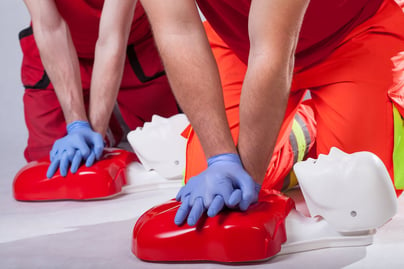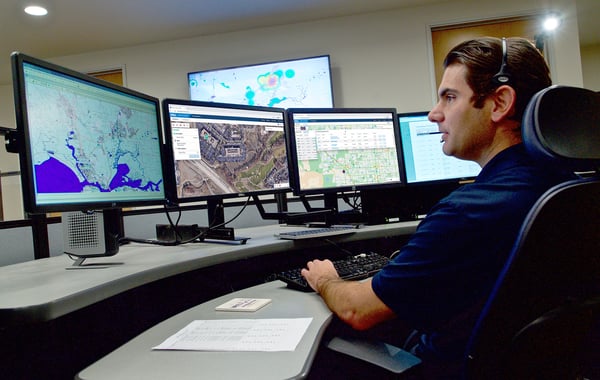Meet the New ZOLL Dispatch and ZOLL Respond CAD Solution
Improving Advanced Cardiac Life Support in EMS
ZOLL SUMMIT Speaker Series It all starts with questioning yourself

ZOLL SUMMIT Speaker Series
It all starts with questioning yourself. Our first challenge: identifying what really has an impact on the care we provide in our system.
Longmont Fire Department asked the question every agency and system has asked itself at some point: “what can we be doing better?” Obviously, that’s a pretty big question. To make the challenge more manageable, and the plan more practical, we needed to identify a focus.
Doing the hard things well…where to start?
An area of EMS that has received plenty of attention over the years is cardiac arrest management. There are mounds of research, case studies, theories, recommendations and guidelines out there surrounding pre-hospital care for patients in cardiac arrest. The American Heart Association has worked diligently at delivering evidence-based guidelines for providing the most effective Advanced Cardiac Life Support care we can. But how good are we at actually meeting all the recommendations? Can we improve on how we follow the standard of care? That’s simple – everyone can improve. We found our focus!
So what things actually impact the care we provide, and most importantly, patient outcomes?
This is the question we posed not just to our care providers, but to our entire EMS system. You’ve heard it before and it still rings true: what we do is a Team Sport. We had to broaden our perspective and look at all the aspects of our system to identify what could directly impact our end goal – giving our community the best chance of surviving an out of hospital cardiac arrest (OHCA).
We went so far as to start with the response of the community itself, and continued the survey of our system all the way through to our hands-on care providers. Broadening our perspective gave us some interesting insight into all the things that can directly impact patient outcomes.
Next, the hard discussion – we can be doing it better. A lot better.
When we started this project, we were hoping for at least small improvements. A couple more patients admitted to the hospital, with a better chance of survival to discharge. Even one more family with a loved one back with them.
Then, as we moved forward with designing Longmont’s new Cardiac Resuscitation Model, we recognized something. We weren’t as good as we thought. True, our rate for return of spontaneous circulation (ROSC) in arrest patients was 14%. Already slightly above the national average of 12.9% at the time. “Above average.” That’s good, right? But it turned out to be far from what we are capable of. We have been astounded by the results! 
We discussed principles and ideas, theories and research. We reviewed the latest from the Advanced Cardiac Life Support guidelines. Training after training and scenario after scenario we revealed our true selves. Surprisingly, (at least to me) it was actually an uphill struggle to convince our people we could be doing better. Much better.
“We already do this stuff!” was the crew’s mantra of resistance to departmental transformation. But slowly, the inconsistencies and inefficiencies of how we provided care to cardiac arrest patients started to come through. Slowly, crews began to own this reality and became more receptive to change. Ah, that evil of all challenges – change.
It’s not different ACLS, it’s different delivery of ACLS.
In the end, Longmont’s Cardiac Resuscitation Model uses the same BLS and ACLS guidelines every paramedic, ED or ICU nurse and physician in America has been taught. What’s really different about our model is how we deliver that standard of care to our patients. Our focus is on consistency, communication, prioritization and organization in meeting those standards.
This focus is what is often lost during a cardiac arrest call. True, providers generally get all the pieces in place and boxes checked. We continue to refine our model on when, how and where those things happen every time we attempt a resuscitation. We found our answer to having significantly better ROSC rates by refining the basics and mastering the little details. How much better? To date, 325% better!
Want to know more? Register for SUMMIT and make sure to attend John Michael’s session on “Refining How We Do Cardiac Resuscitation: Same ACLS. New Delivery. Increased Survival.”
Related Posts
Collect More Revenue Faster: The Pivotal Role of Clear, Concise, and Complete Documentation
ZOLL Pulse Blog
Subscribe to our blog and receive quality content that makes your job as an EMS & fire, hospital, or AR professional easier.
ZOLL Pulse Blog
Subscribe to our blog and receive quality content that makes your job as an EMS, fire, hospital, or AR professional easier.






